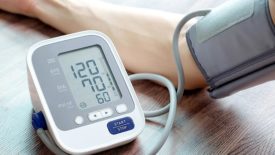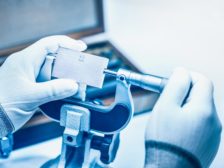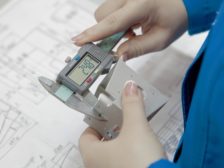Home » calibration
Articles Tagged with ''calibration''
Software & Analysis
Let's look at the scary truth behind manual data entry as it relates to the calibration process.
Read More
Software & Analysis
Using Simple Linear Regression For Instrument Calibration?
Learn why orthogonal regression is a better approach.
January 8, 2022
Column | Hill Cox
Other Dimensions: DIY Gage Calibration: A Primer for Management
One of the hardest parts of doing your own gage calibration is having the right personnel to do the work.
November 15, 2021
Quality 101
Calibration 101: It's An Important But Often Overlooked Aspect of Quality
November 1, 2021
Column | Hill Cox
Other Dimensions: Settling Measurement Disputes
Not all parties to a dispute understand the importance of uncertainty budgets.
October 8, 2021
Column | Hill Cox
Other Dimensions: No Quote!
When you're fooling around with millionths of an inch, it doesn't take much to miss the target.
September 8, 2021
Measurement | Calibrate Better
Smart Manufacturers Know the Importance of Calibration
August 1, 2021
Other Dimensions | Hill Cox
Hand Tool Calibration
Calibration of these instruments can be simple or complicated by those making a career out of the process.
July 15, 2021
Other Dimensions | Hill Cox
Plain Ring Gage Calibration
Short Range Comparison Techniques are the Most Popular for Calibrating Plain Rings.
June 15, 2021
Stay in the know with Quality’s comprehensive coverage of
the manufacturing and metrology industries.
eNewsletter | Website | eMagazine
JOIN TODAY!Copyright ©2025. All Rights Reserved BNP Media.
Design, CMS, Hosting & Web Development :: ePublishing






